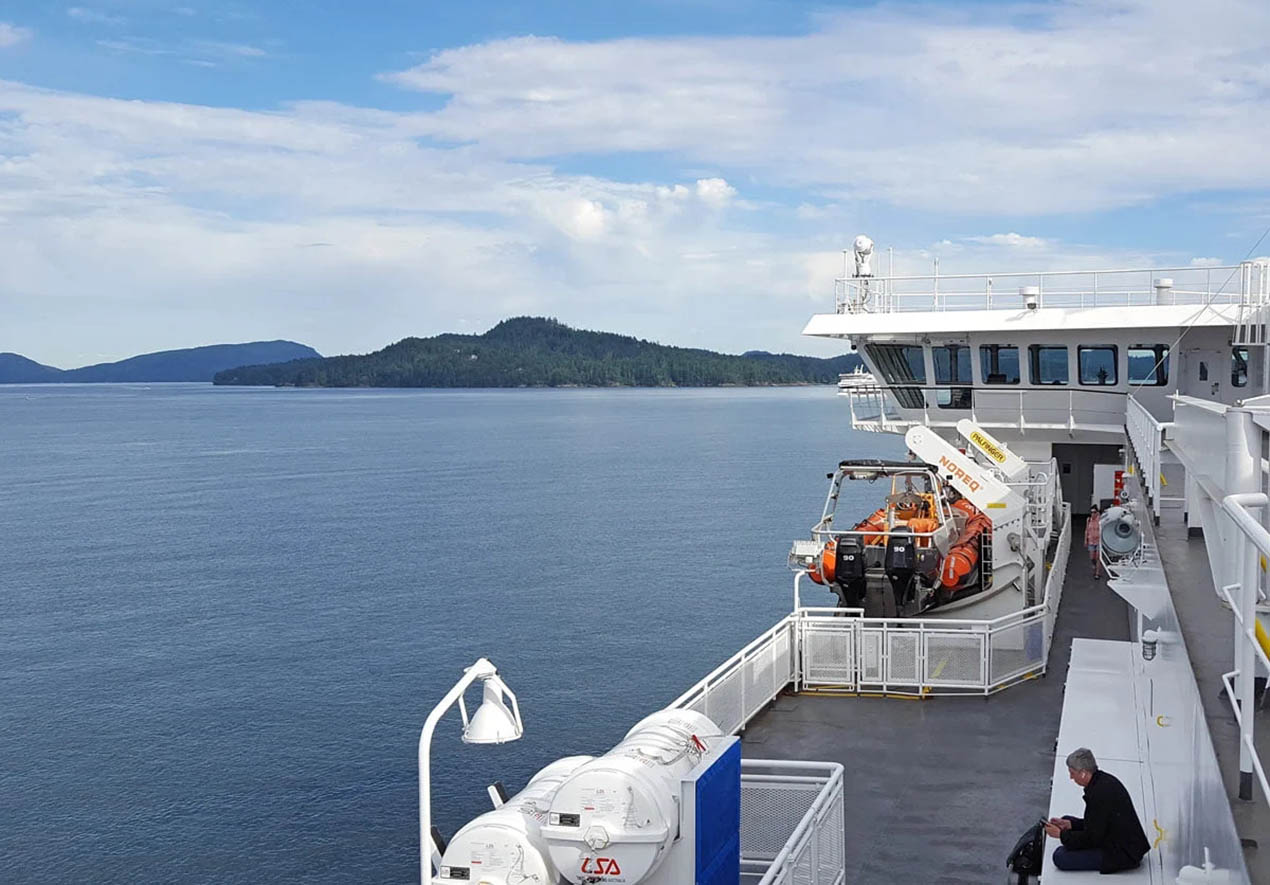I’m excited to share my comprehensive guide on how to efficiently organize a perfect trip. Planning a journey can seem overwhelming, but by systematically preparing each detail, you can avoid potential hassles and ensure a smooth and enjoyable travel experience. I’ll walk you through seven key steps to take you from the initial planning stage to enjoying your trip.
1. Find Your Ideal Destination
The first step in organizing a trip is choosing your destination. Selecting the right place involves considering your personal interests, budget, and the purpose of your travel. Here’s how I usually go about finding the perfect destination:
- Research and Inspiration: Read travel guides, blog posts, and watch travel shows to gather inspiration. Seek recommendations from friends and family, and explore travel forums and social media for the latest trends and popular destinations.
- Define Your Goals: Determine what you want to achieve on your trip. Are you interested in experiencing the culture of a city, enjoying natural landscapes, seeking adventure, or simply relaxing?
- Consider Your Budget: The cost of traveling to different destinations can vary significantly. Choose a location that fits within your budget while still meeting your travel goals.
- Season and Climate: Research the climate and best travel seasons for your chosen destination to avoid unfavorable weather conditions and to make the most of your visit.
By following these steps, I typically find a destination that matches my interests and fits within my budget.
2. Choose Your Mode of Transport and Book Tickets
Once the destination is set, the next step is to choose your mode of transport and book your tickets. This stage includes:
- Select Transportation: Depending on the distance to your destination and personal preferences, choose the appropriate mode of transport. For long-distance travel, flying is often the most convenient option. For domestic or nearby destinations, trains, buses, or driving yourself might be suitable.
- Compare Prices and Times: Use online travel websites like Skyscanner, Kayak, and Google Flights to compare prices and schedules. This helps you find the best options for your needs.
- Book in Advance: To ensure availability and secure better rates, book your tickets early. Airlines and train companies often offer discounts for early bookings, and prices tend to be more stable.
- Confirm and Follow Up: After booking, confirm all your reservations and keep the confirmation emails handy. This ensures you have all the necessary documentation in case of any issues.
3. Create Your Travel Itinerary
With transportation arranged, the next step is to create a detailed travel itinerary. This involves:
- Plan Daily Activities: Organize your daily activities based on key attractions and your interests. Consult travel guides and online reviews to choose must-see spots and activities.
- Balance Your Schedule: Ensure your daily plans are well-balanced and not too rushed. A well-planned itinerary allows you to experience your destination thoroughly without feeling overwhelmed.
- Include Free Time: Allocate some free time in your itinerary to explore spontaneously or to relax. This flexibility adds to the overall enjoyment of your trip.
- Have Backup Plans: Prepare alternative plans in case of weather changes or other unexpected situations.
4. Book Internal Transportation
Once you arrive at your destination, arranging local transportation is crucial. This includes:
Choose Transport Options
1. Public Transit:
- Types: Public transit typically includes buses, trains, trams, and subways. Each city has its own public transport network, so the options will vary.
- Advantages: Public transit is usually cost-effective and convenient for getting around urban areas. It’s ideal for short trips within a city or for reaching major tourist attractions.
- Considerations: Check if the public transport system connects well with your accommodation and major sights. Look up routes, schedules, and frequency of service to ensure it meets your needs.
2. Taxis and Ride-Sharing Services:
- Types: Taxis can be hailed on the street, booked via phone, or arranged through apps like Uber, Lyft, or local ride-sharing services.
- Advantages: Taxis and ride-sharing services offer door-to-door convenience, especially useful if you have heavy luggage or are traveling late at night.
- Considerations: Ensure the service operates in your destination. Compare prices with public transit or other transport options to choose the most cost-effective method.
3. Rental Cars:
- Types: Car rental agencies offer various types of vehicles, from economy cars to luxury SUVs.
- Advantages: Renting a car provides flexibility and freedom, particularly useful if you plan to explore areas outside the city or visit remote attractions.
- Considerations: Check for parking availability and regulations at your accommodation and destinations. Familiarize yourself with local driving laws and road conditions.

Book in Advance
1. Secure Reservations:
- Timing: For popular destinations and peak travel seasons, booking transportation in advance is essential. This applies to rental cars, trains, buses, and flights.
- Benefits: Early booking ensures availability, particularly during busy periods or for high-demand services. It also allows you to secure better rates and avoid last-minute price hikes.
- Methods: Use online booking platforms, official transportation websites, or travel agencies to make reservations. Many services offer advance booking discounts and promotions.
2. Cancellation Policies:
- Flexibility: When booking in advance, choose options with flexible cancellation policies. This provides a safety net if your plans change or if unexpected issues arise.
- Documentation: Keep all booking confirmations, including details of cancellations or changes, in a readily accessible format, whether digital or printed.
Understand the System
1. Research Local Transportation:
- Fares and Tickets: Research the fare structure of the local transportation system. This may include single tickets, day passes, or travel cards that offer unlimited rides for a set period.
- How to Buy Tickets: Find out where and how to purchase tickets. Some cities offer vending machines at stations, online ticketing options, or convenience stores where tickets can be bought.
2. Routes and Schedules:
- Maps and Timetables: Obtain maps of the public transport network and timetables for buses, trains, and trams. Many cities provide these online or in local travel guides.
- Navigation: Familiarize yourself with major routes and how to get from your accommodation to key attractions. Use navigation apps or local guides to help with route planning and real-time updates.
3. Service Usage:
- Etiquette and Procedures: Learn about local transport etiquette and procedures, such as how to signal for a bus or tram, how to use contactless payment systems, and rules for luggage and pets.
- Assistance: If needed, ask for help at transport information desks or from locals. Many cities also have travel assistance services for tourists.
5. Book Accommodation and Activities
Accommodation and activities are key aspects of travel planning. Here’s what to consider:
- Select Suitable Accommodation: Choose accommodation based on your budget, location, and amenities. Refer to online reviews, travel guides, and recommendations to find the best options. Opt for accommodations with flexible cancellation policies to handle any changes in plans.
- Book Popular Activities: For popular attractions and activities, make reservations in advance to secure your spot and possibly benefit from early booking discounts.
- Confirm Reservations: Double-check all accommodation and activity bookings and save the confirmation details to avoid any issues during your trip.
6. Handle Documentation

The final preparatory step is to ensure all necessary documentation and requirements are in order:
- Check Passport and Visa: Ensure your passport is valid and meets travel requirements. Obtain any necessary visas or travel permits well in advance.
- Purchase Travel Insurance: Travel insurance provides coverage for unexpected events such as medical emergencies or lost luggage. Choose a policy that offers comprehensive coverage and good service.
- Prepare Essentials: Organize essential travel documents such as tickets, passport, visa, insurance details, and accommodation confirmations. Keep these documents in a folder or digital device for easy access.
7. Relax and Enjoy the Journey
With everything prepared, the last step is to relax and enjoy your trip:
- Maintain a Positive Attitude: Travel can sometimes present challenges or unexpected situations. Stay positive and flexible to make the most of your experience.
- Savor Every Moment: Take time to enjoy the sights, tastes, and experiences of your trip. Whether it’s exploring landscapes, tasting local cuisine, or experiencing new cultures, fully immerse yourself in the journey.
- Document Your Trip: Capture memories by taking photos, writing travel journals, or recording videos. Sharing these with friends and family can enhance your travel experience and preserve wonderful memories.
By following these seven steps, you can ensure a well-organized and enjoyable trip. From selecting your destination to savoring the journey, each step is crucial for a successful travel experience. I hope these tips help you plan your next adventure and create unforgettable memories. Happy travels!




